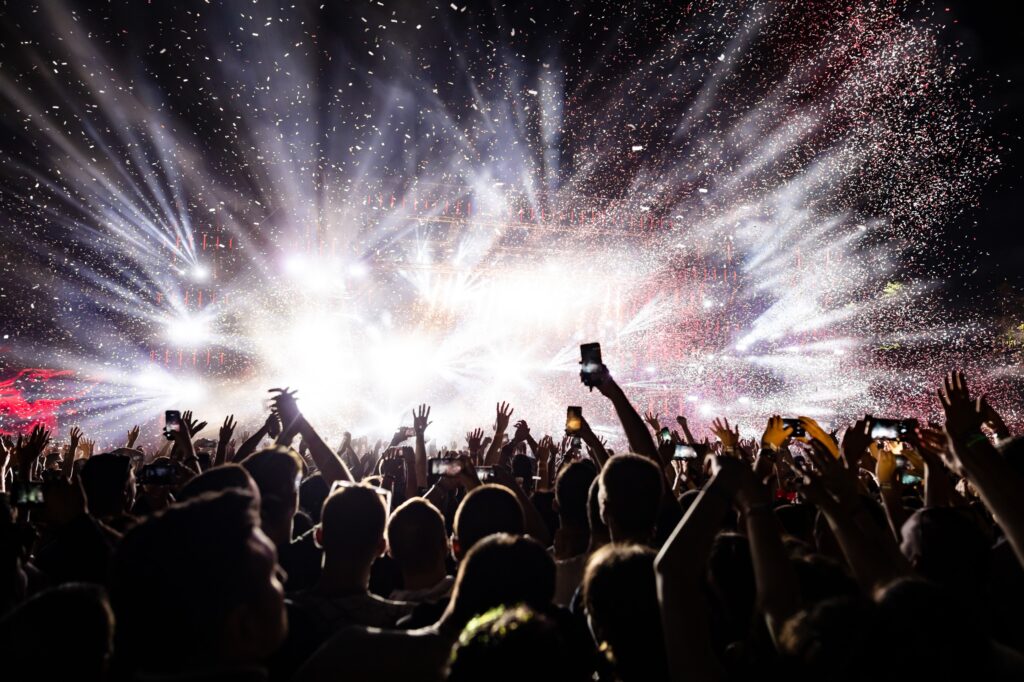The Symbiotic Relationship
The relationship between music, audio, and creativity is symbiotic. Music and sound have the ability to evoke emotions, memories, and atmospheres, acting as conduits that transport creators to different mental and emotional states. Conversely, the act of creation often inspires composers and musicians to translate their thoughts and feelings into melodies and harmonies.
Setting the Mood
Soundscapes have an uncanny ability to set the mood for creative endeavors. Whether it’s a haunting melody that conjures a sense of mystery or an upbeat rhythm that infuses energy, the right audio environment can influence the tone of the creative process. Filmmakers use music to enhance scenes’ emotional impact, while writers often turn to ambient sounds to immerse themselves in the worlds they’re crafting.
Unlocking Flow States
Flow states, characterized by heightened focus and a feeling of being “in the zone,” are essential for creative breakthroughs. Music and audio can facilitate the entry into these states by providing a rhythmic backdrop that aligns with the natural rhythms of the creator’s mind. Certain genres, tempos, and harmonies are known to induce flow and enhance concentration.
Enhancing Storytelling
For storytellers, music and audio are invaluable tools that enhance narrative experiences. From film scores that intensify suspense to podcasts that use sound effects to paint vivid mental images, audio elements enrich storytelling by engaging multiple senses simultaneously.
Breaking Barriers
Audio has the power to dissolve creative barriers. Listening to diverse musical genres or exploring unconventional soundscapes can push creators out of their comfort zones and stimulate fresh ideas. This cross-pollination of auditory experiences fosters innovation and prevents artistic stagnation.
Rituals and Routines
Many creators have rituals or routines involving music or audio. These rituals act as triggers that signal the brain that it’s time to enter a creative mindset. Whether it’s playing a specific song before writing or setting up a particular playlist before painting, these cues help creators transition into their creative workspaces.
Collaborative Harmony
In collaborative environments, music and audio can facilitate harmony among team members. Shared playlists or ambient soundscapes create a sense of unity and coherence, aligning the creative energies of individuals toward a common vision.
The Mind’s Symphony
Neuroscientific studies reveal that listening to music engages multiple areas of the brain, including those associated with emotion, memory, and creativity. The brain’s response to music resembles a symphony, with different regions “playing” in harmony to create a rich and intricate mental experience.
Incorporating Sound into the Creative Process
Integrating music and audio intentionally into the creative process can be as simple as selecting a fitting soundtrack or immersing oneself in ambient sounds. It’s an invitation to explore the synergy between sound and creativity and to unlock new depths of inspiration.
The marriage of music, audio, and creativity is a harmonious and potent alliance. As creators continue to chart unexplored territories and push the boundaries of human expression, the profound impact of sound on the creative process remains a captivating and transformative phenomenon. By embracing the symphony of sonic elements, creators can unleash their full imaginative potential, embarking on journeys of innovation that resonate with both their own souls and the hearts of their audiences.


